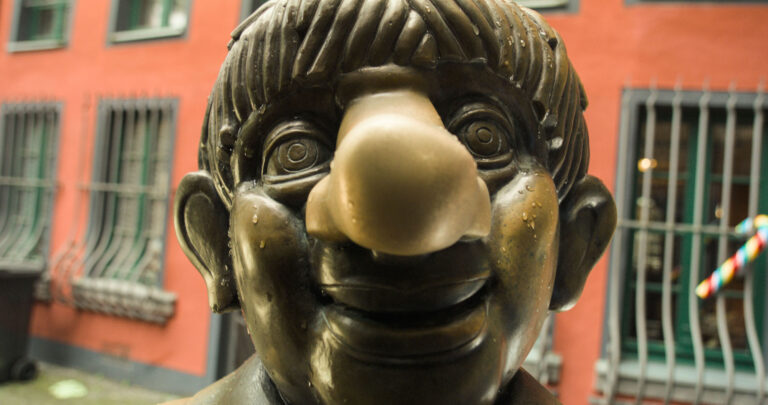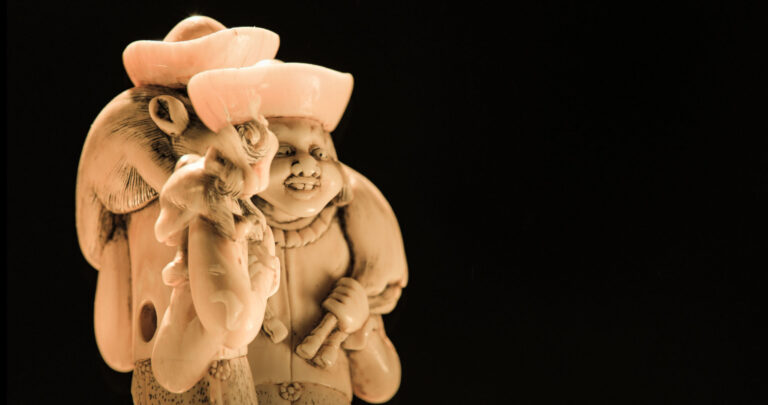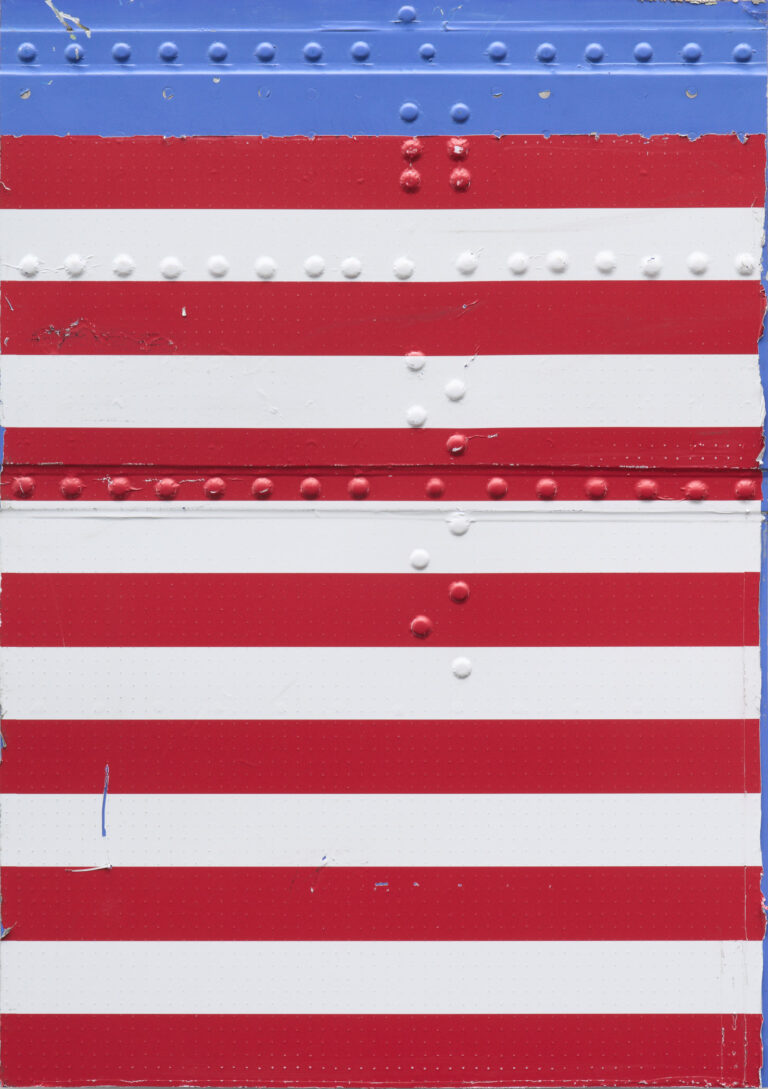Cyprien Gaillard
Retinal Rivalry
2 MAY until 26 JUL 2025
Opening – 2 MAY 2025, 6-9 pm

Cyprien Gaillard
Retinal Rivalry, 2024 (film still)
3D motion picture, DCI DCP, dual 4k projection at 120fps, 2 Channel Audio
29:03 min
© Cyprien Gaillard
Courtesy the artist, Sprüth Magers and Gladstone Gallery
In his films, photographs and installations, Cyprien Gaillard embarks on a search for artifacts, monuments and architectural structures that have lost their original purposes. Retinal Rivalry (2024) continues Gaillard’s exploration of stereoscopic motion pictures for their sculptural and psychedelic potential, which began with Nightlife in 2015. With his newest project, Gaillard takes viewers on a mesmerizing journey through the folds of time. He seamlessly combines images of urban environments and natural landscapes, from the last day of Oktoberfest to the cavernous Roman ruins found in a 1970s parking area beneath the Cologne Cathedral, and from the Bastei rock formation in Saxony to a Burger King located in a former power substation and Nazi rally grounds. By expanding the pictorial space and embracing the medium’s spatiality as an organizing principle for the various subjects considered, Retinal Rivalry transcends conventional narrative limitations to focus on pure vision.

Cyprien Gaillard
Retinal Rivalry, 2024 (film still)
3D motion picture, DCI DCP, dual 4k projection at 120fps, 2 Channel Audio
29:03 min
© Cyprien Gaillard
Courtesy the artist, Sprüth Magers and Gladstone Gallery

Cyprien Gaillard
Retinal Rivalry, 2024 (film still)
3D motion picture, DCI DCP, dual 4k projection at 120fps, 2 Channel Audio
29:03 min
© Cyprien Gaillard
Courtesy the artist, Sprüth Magers and Gladstone Gallery
The work’s title refers to the phenomenon of retinal or binocular rivalry, which occurs when conflicting visual information is presented to each eye simultaneously. The brain alternates between perceiving the stimuli from one eye and then the other, creating a perceptual oscillation. Using new technologies of immersion, 4K resolution, and capturing motion at 120 frames per second, the film’s spectral images play with viewers’ sense of depth, scale and texture making familiar materials distort and become foreign, revealing the hidden sculpture in mundane objects and altering our perception of the visible world.
In anachronistic juxtapositions and a cyclical dynamic between past and present, Gaillard’s project reveals the extent to which the remnants of events and places are subject to constant erosion and renewal of historical and social meaning. The film’s score further expands on the themes of dissonance and synchrony, drawing from diverse sonic landscapes such as Sundanese music, a field recording from the archives of UNESCO in Paris, parts of the soundtrack to a Werner Herzog film, or the sound of an organ found in the streets of Weimar. Gaillard’s skilled weaving of imagery and deliberate orchestration of colors, locales and sounds allow the viewer to reconstruct the film’s disparate fragments into a cohesive spatial tapestry.
Michail Pirgelis
Seven Springs
2 MAY until 26 JUL 2025
Opening – 2 MAY 2025, 6-9 pm

Michail Pirgelis
Raised Arizona, 2025
Aluminum, titanium, lacquer
2 parts:
104.5 x 81 x 5 cm | 41 1/8 x 32 x 2 inches
105 x 81 x 7 cm | 41 3/8 x 32 x 2 3/4 inches
© Michail Pirgelis
Courtesy the artist and Sprüth Magers
Photo: Ben Hermanni
Drawn from disused remnants of the airline industry, the sculptures of Michail Pirgelis both reinvigorate and challenge the conventions of post-minimalism, the readymade and conceptual art. Aluminum panels, cut from decommissioned planes in so-called “aircraft boneyards,” carry the marks of rivets and colorful logos, as well as those of weather and time, imbuing them with a painterly, gestural character and a unique aura of history. Seven Springs presents a new group of wall-based works that feature stripes and other flag-like elements. Together with a wallpaper installation—a recent extension of the artist’s practice—they highlight Pirgelis’ relentless synthesis of painting, sculpture and environment.

Michail Pirgelis
Painted Face, 2025
Aluminum, titanium, lacquer
60.5 x 42.5 x 4.5 cm | 23 7/8 x 16 3/4 x 1 3/4 inches
© Michail Pirgelis
Courtesy the artist and Sprüth Magers
Photo: Ben Hermanni
